Photo Cover © Cintia Celsi
Description
The mouth of Arroyo Zabala, between the districts of Necochea and San Cayetano, is an area of coastal dunes with a great wealth of animal and plant species, which has not yet undergone serious environmental transformations, since it is far from populated centers and is difficult to access. In the Arroyo Zabala Natural Reserve, 105 species of higher plants, 115 species of birds, 10 species of terrestrial mammals, 5 species of reptiles, and 4 species of amphibians have been identified. Several of these species are considered endemic or of localized distribution. It is also an important refuge for species that were once widely distributed, but are now facing serious conservation problems, such as the Ruddy-headed goose, declared a Natural Monument (Law 12,250). It is also an important population corridor for some species that penetrate to the north, such as the yarará ñata and the escuercito chico, or to the south, such as the capybara.
Geographic Location
Province
Buenos Aires
Coordinates:
-38.73° Latitude S
-59.31° Longitude W
Size and Limits
Total Area:
Marine Area:
Continental Area:
AREA ESTIMATION NOTES
Estimated area based on the calculation of the area of the polygon represented on the map (ArcGIS PRO) with an Albers Equivalent Conic projection to preserve area calculations.
OPDS reports 28.20 KM without defining whether land or marine (OPDS – Read More). APN reports 18.47 km2 (APN – Read More).
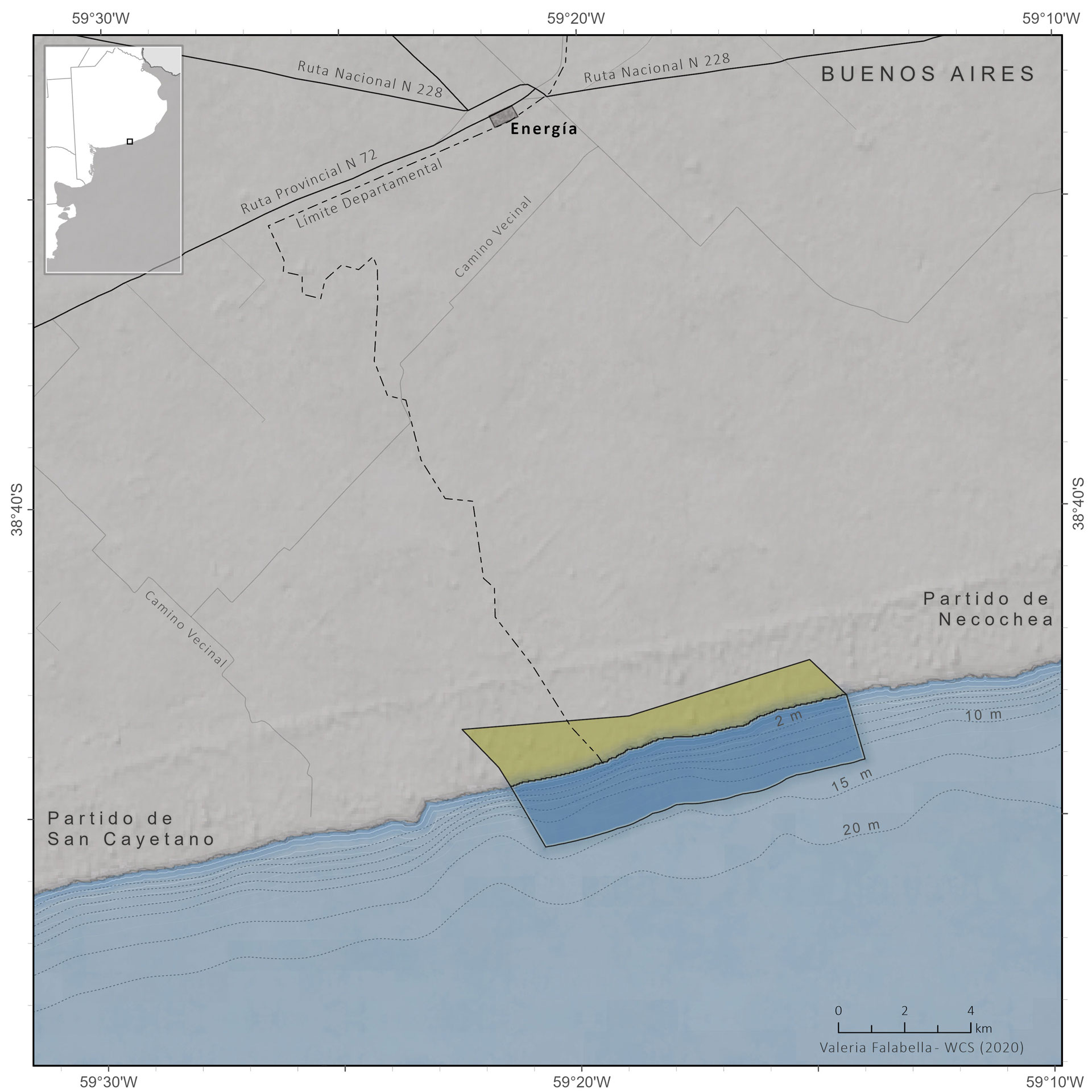
Legal Aspects
Jurisdiction
Provincial
Year of Creation
2001
Creation Legislation
Provincial Law 12743
IUCN Management Category
Marine Area
–
Continental Area
–
Eco-regions represented
Marine
Argentine Province
Ecoregion of the Buenos Aires – Uruguayan Platform
Land
Pampa Ecoregion
Conservation Objectives
Protects coastal dynamic natural processes. Sea lions are seen resting on its beaches. The dune area at the mouth of Arroyo Zabala between the municipalities of Necochea and San Cayetano, presents little human intervention in its original environment. This condition allows maintaining environmental conditions to preserve the coastal dynamic natural processes, and protect a representative sample of coastal flora and fauna. In this reserve we find grasses such as Espartina, which with its strong roots, adapts to mobile soils and scarce water in the dune area, as well as Pampa grass and small shrubs. The fauna is represented by Capybaras and sea lions who rest on the beaches. Reptiles and amphibians such as Yarara snakes, small toads, frogs and lizards. The most significant birds that can be seen here are the White-browed meadowlark, the Dwarf espartillero and Rhea americana.
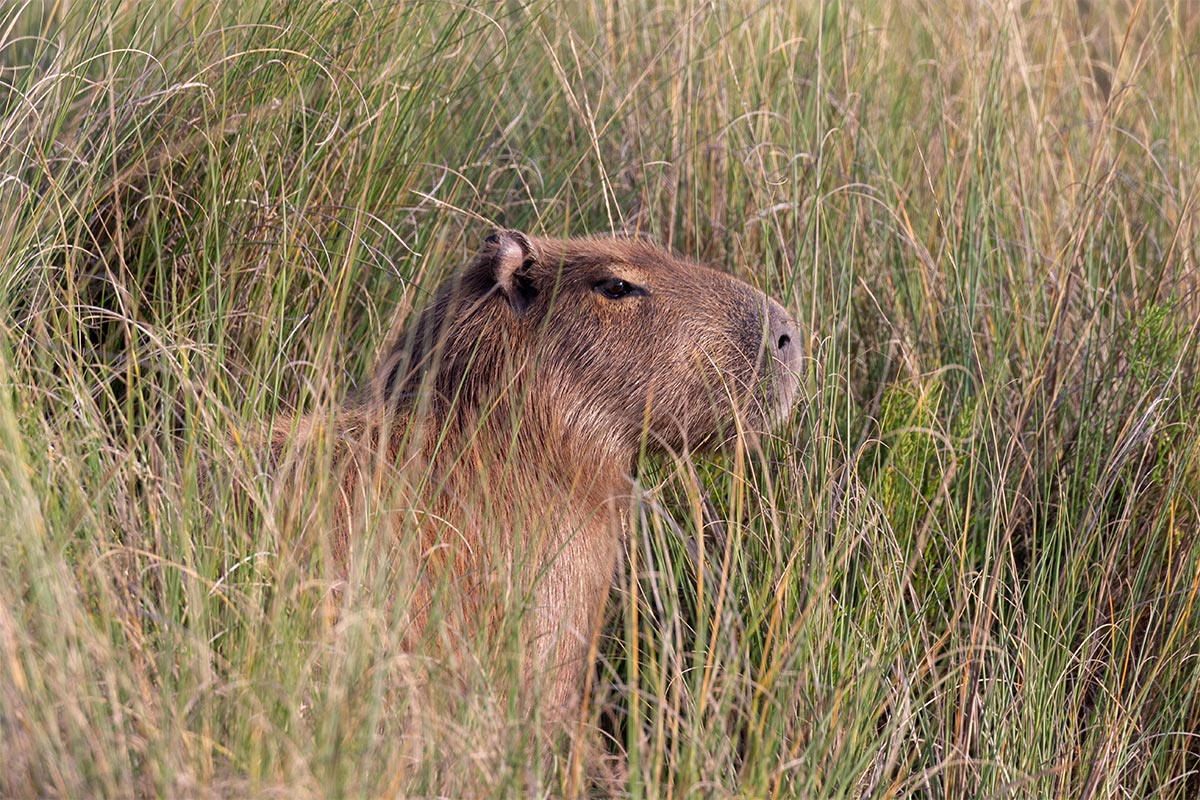
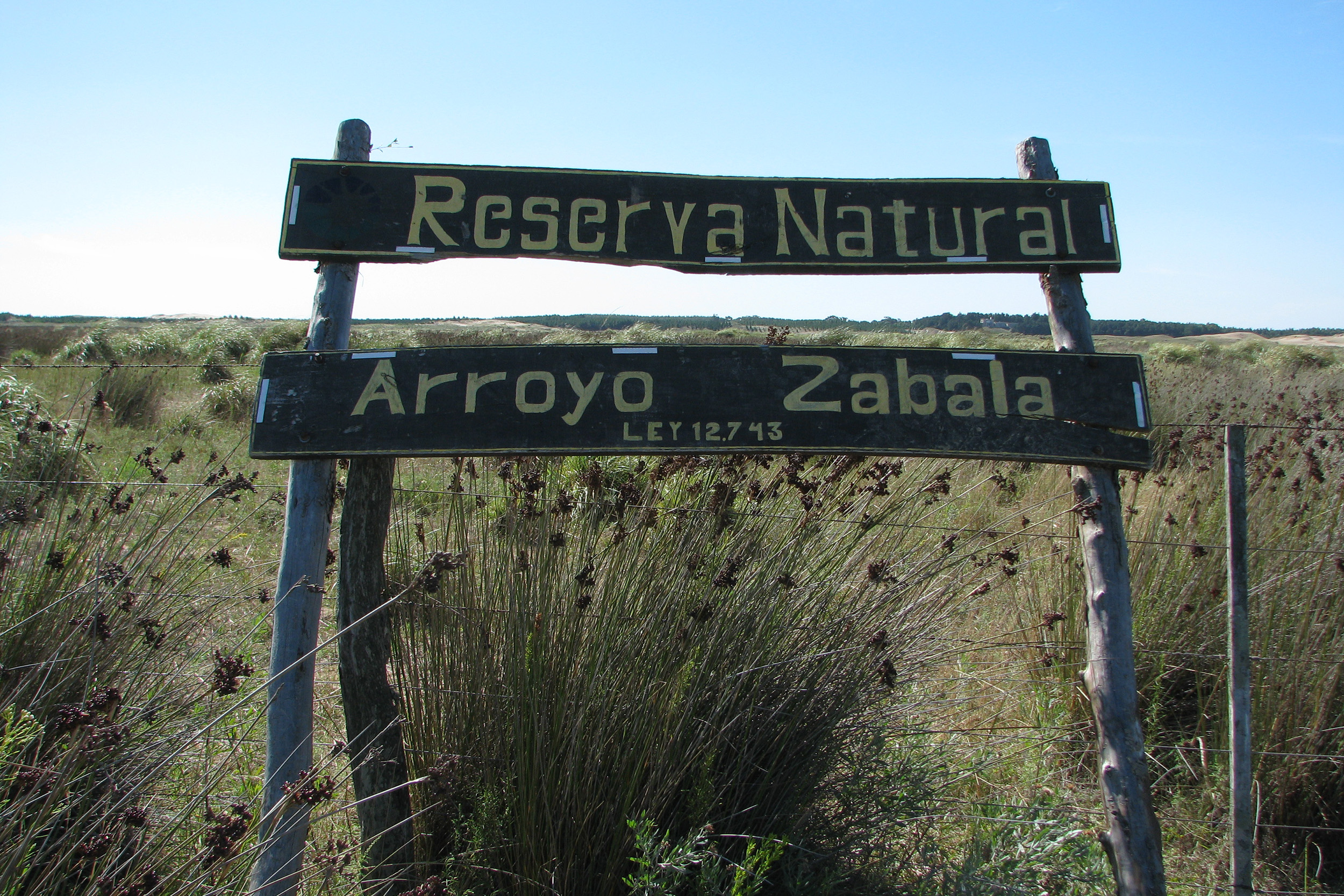
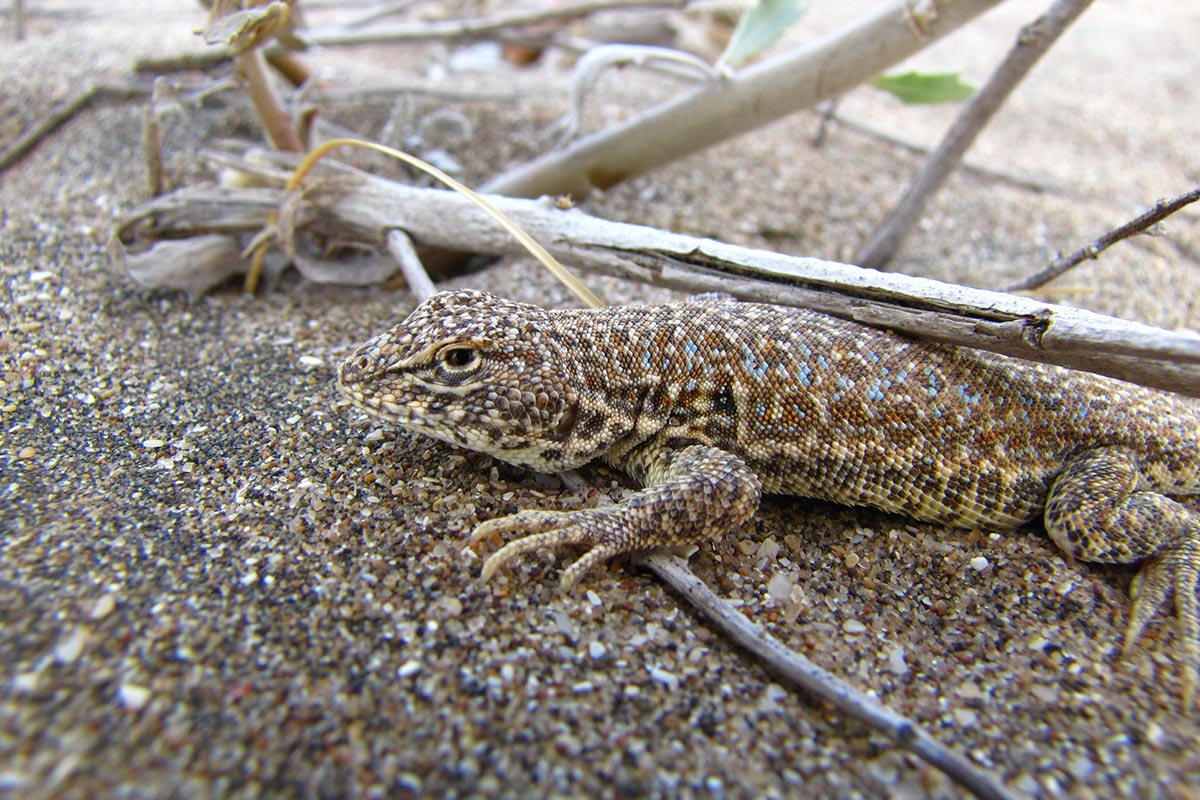
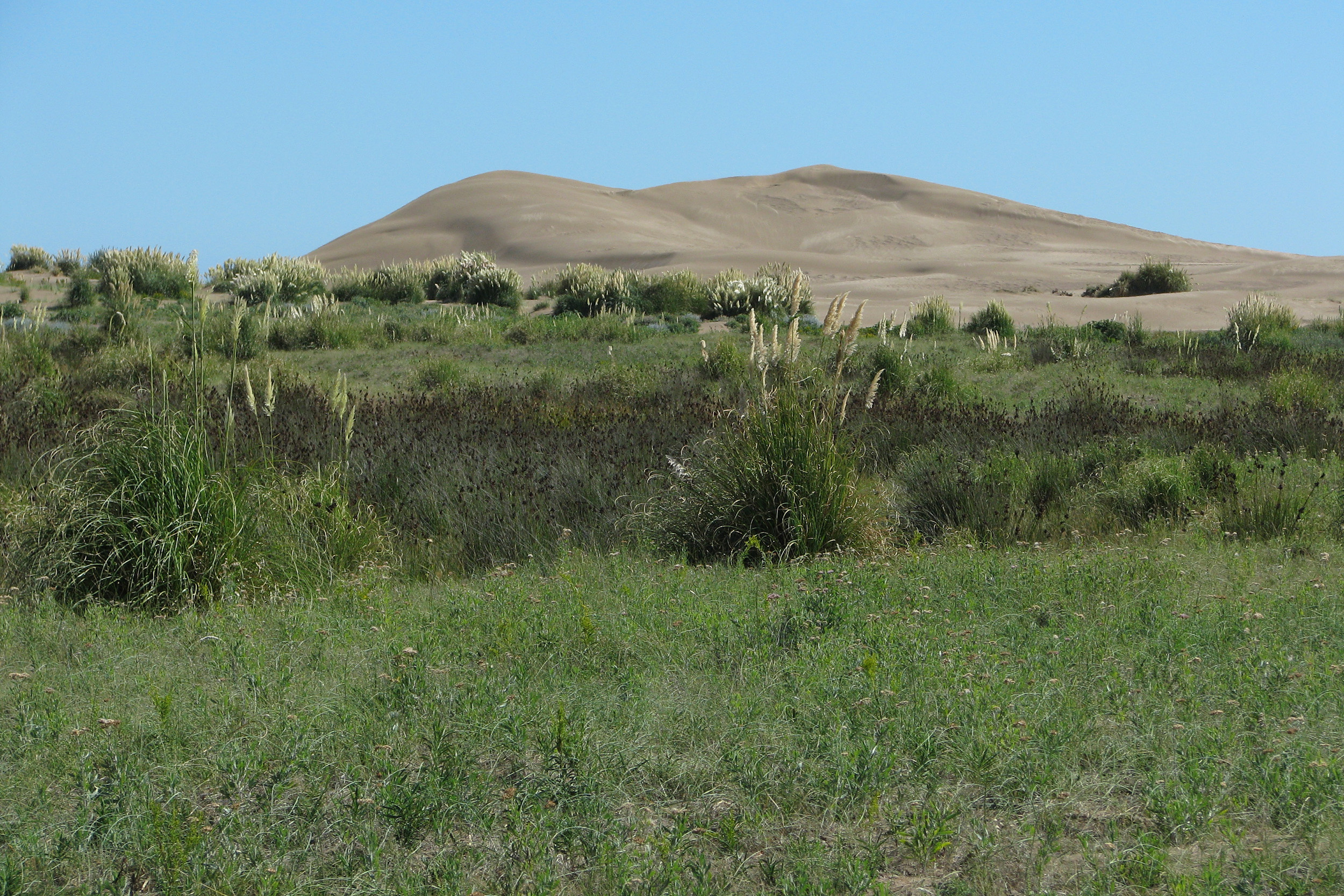
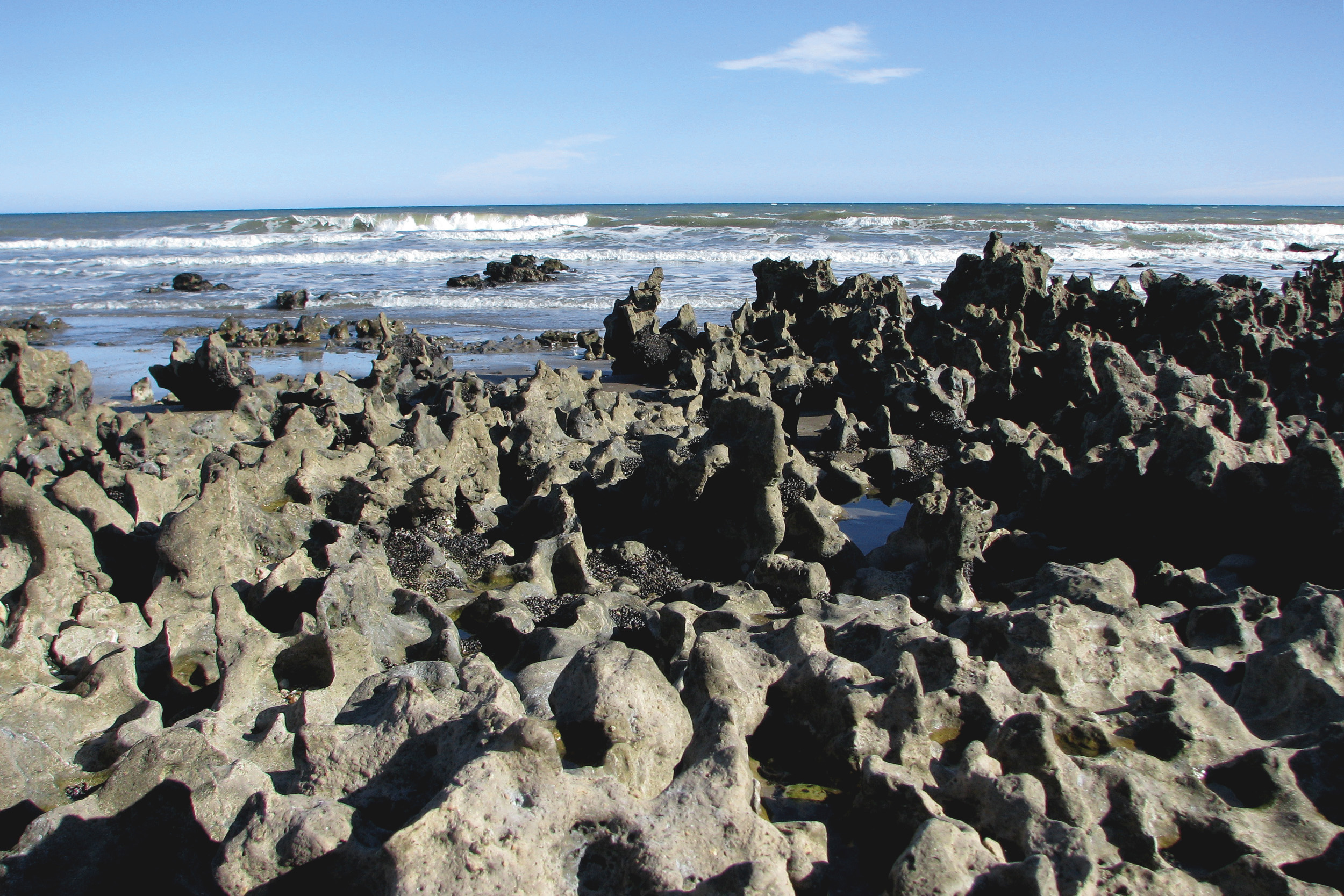
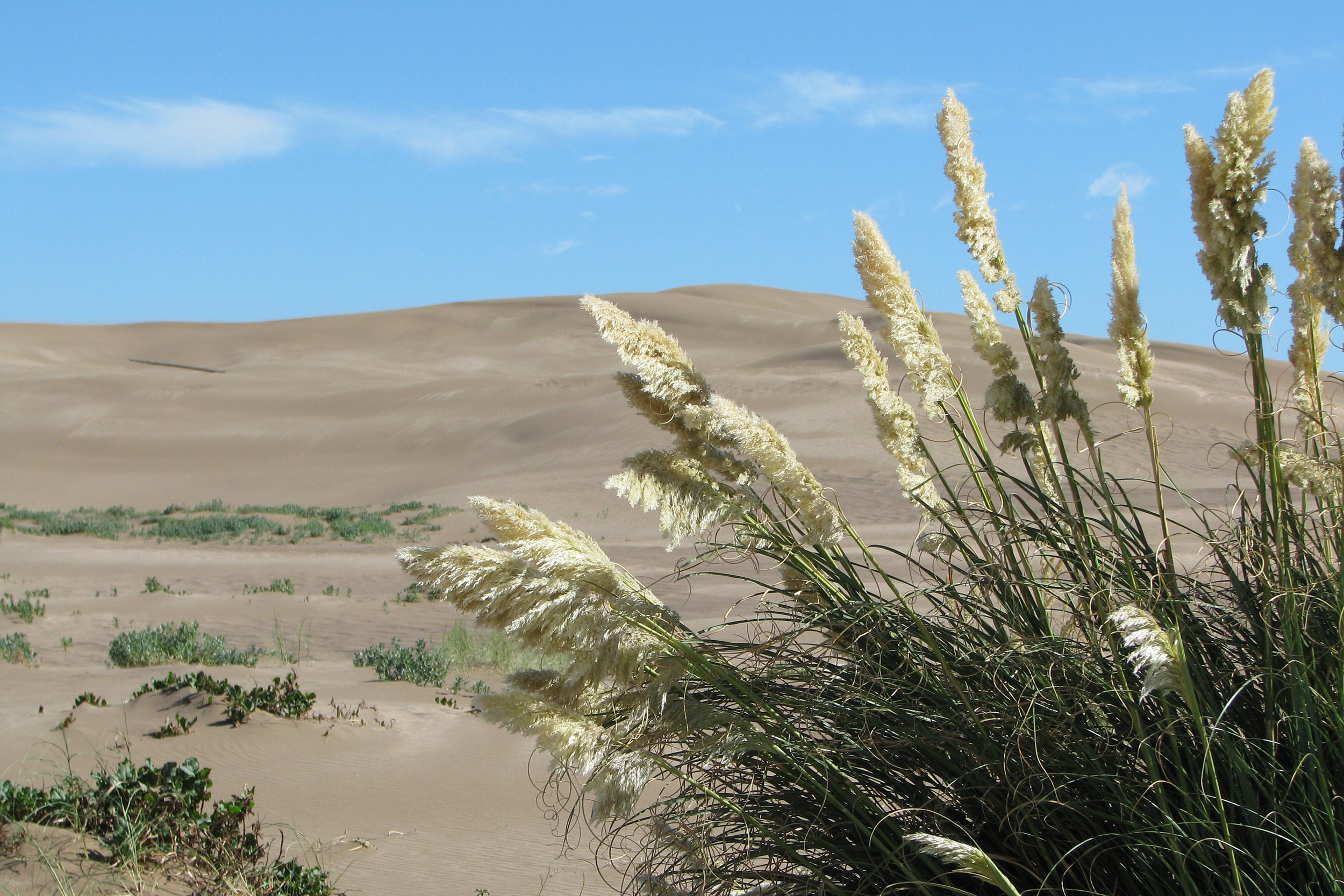
Management
Management effectiveness and evaluation year
35% METT Evaluation (2014)
Sources consulted: Calculations of the Buenos Aires Province Protected Areas Agency.

